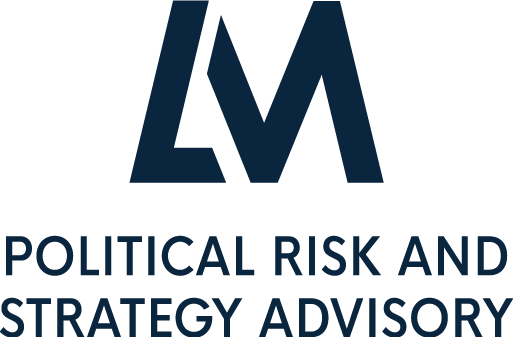Case Studies
Emerging Market Strategies III
A transport and logistics company planned a strategic realignment of its business in Eastern Europe and the post-Soviet region. In the past, its main focus of trade connections had been on Western Europe. With its increasing presence in Central Eastern Europe, the company also began to meet customer demands in a small number of geographically close post-Soviet countries, albeit at a comparatively low rate. For a long time, the management held off from further expansion into the post-Soviet space, primarily due to a lack of demand, but also because of state capture and informal practices (“political opaqueness”), due to which the management perceived the countries as significantly different from its familiar Central Eastern European markets. However, the situation changed with the recent recovery of the post-Soviet economies and growing demand from one of the firm’s main customers. Major infrastructure investments in the region resulting from the Chinese Belt and Road Initiative additionally roused the management’s long-term interest in the region.
The company requested L&M PRISK to provide an in-depth risk assessment and an appropriate market entry strategy. With this risk prevention strategy, the management particularly wanted to safeguard its personal accountability for the consequences of market entry. We tailored a comprehensive package to the needs of the company that not only included the political risk due diligence, but also a market potential analysis, a stakeholder analysis, and a political risk management concept. Our political risk due diligence revealed that the political dynamics at the global and regional level are associated with positive dynamics, providing a window of opportunity for market entry. At the country level, however, we identified high political risks that are first and foremost a consequence of the countries’ Soviet legacy, in particular the prevalence of informal rules and practices, the existence of business people with strong political leverage, a weak judiciary, and the low guarantee of property rights. We also identified major differences between the countries of interest. Based on the findings, we developed a comprehensive approach of how to hedge and mitigate these risks.
The company successfully entered the post-Soviet markets. Applying our risk hedging and mitigation strategies, its core operations focus on the country with the lowest risk profile, and business has grown steadily ever since.

